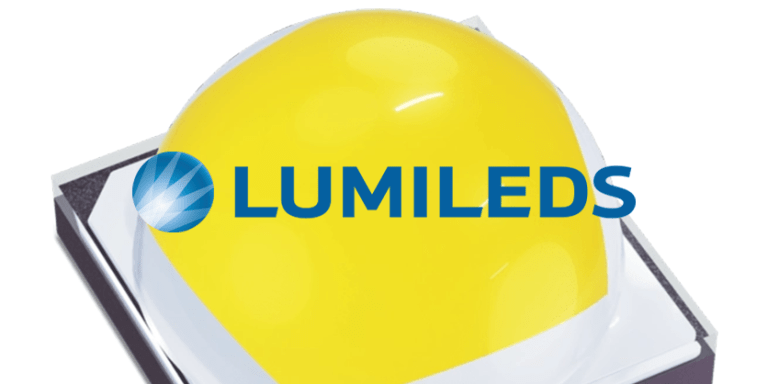Industry Outlook Is “Bright” for 2022

 jJanuary 8, 2021
jJanuary 8, 2021
By David Gordon
Last month Electrical Trends conducted its popular Pulse of Lighting Survey, comprised of 200+ respondents in the electrical distribution channel, from electrical distributors and manufacturers’ reps to lighting agents and manufacturers.
While lighting, as a product category, under-performed the overall electrical market, much can be attributed to supply chain issues specific to lighting, supply chain issues that delayed projects and hence the timing of when lighting material is needed, COVID’s impact on re-openings and hence the need for renovation as well as new construction of commercial space and labor issues as there is only so many people to do electrical work.
Further, while most lighting companies implemented price increases, overall, the increases that occurred in lighting did not rival those in other commodity-oriented product categories.
The year-end survey (click here to purchase the report) highlights include:
- Distributors, manufacturers, and reps reported high-single-digit growth, with distributors reporting the highest percentage, however, their reporting includes their margins whereas the other audiences are based upon their COGS.
- This MSD was a modest acceleration in sales growth from our Q3 Pulse of Lighting Report findings, which could relate to energy-oriented (rebate) programs or the need to complete projects by the end of a year.
- 73% of the distributors reported growth more than 5%, which is more than reported similarly in Q3
- The market is still driven by small to mid-sized projects, but there are starting to be more “new” projects in these segments. The large project pipeline is very geographic, and sporadic, in nature.
- Brands seem to be taking share from unfamiliar brands. The big reason is inventory and “trust.” The smaller companies are more impacted by supply chain issues.
- Distributor backlogs are strong. Some customers are buying in advance of price increases. In many instances, it is the supply chain issue.
- All audiences expect price increases in Q1 and companies such as GE Current have already announced price increases for lamps as well as fixtures. There is also a significant difference between “announced” price increases and “realized” price increases.
- Distributors are seeking alternatives to support their customers due to supply chain delays so that projects can be completed. Much like the adage “cash is king,” nowadays its “inventory is king.”
- In looking towards 2022, the lighting channel is expected “high single-digit” growth with several respondents expecting double-digit growth. The growth is expected to be driven by price increases, warehouses, data centers, stronger economy, education, healthcare, and new products, according to respondents. But there are concerns – the same ones as in 2021 – supply chain, price increases, COVID and its impact on the economy.
Rep line changes that occurred in Q4 did, in all probability, impact some of the reporting as a few respondents commented that their sales were down due to loss of a major line.
Some reps/agents commented about the challenge in connecting with specifiers due to work from home. While Omicron has certainly delayed a return to office, feedback is that the work from home/flexible work environment culture will continue, making “selling” harder and requiring manufacturers and agents/reps to become more creative with their outreach initiatives and have a stronger value proposition to specifiers to earn their time, virtually (or get email messages opened). This is especially challenging for companies without a brand name (and hence have the need to market themselves).
Some interesting verbatim input received by respondents:
- “Supply chain & product availability is impacting performance and in some case job completions.”
- “We are having to look at 2nd and sometimes 3rd vendors to find stock & flow LED products. Not all bad as they are sometimes enabling us to pick up a couple points of margin.”
- “Utility rebates will predicate the stock we support. More emphasis on integrated controls.
Customer demand ramped up in Q4’21 and we simply cannot keep up only because we don’t have everything we need to fill the order. Distributor loyalty resides with the manufacturer(s) who can deliver and will flip a spec solely based on that. Price increases continue to be an issue, some are even in a ‘price in effect’ and in allocation-mode until further notice.”
- “Capacity in China is an issue with plant floors packed with product waiting to ship causing additional interference in the chain aside from the obvious being the shippers.”
- “Covid plus pull-backs by utilities of some programs (residents gone), the days of 20% growth are gone.”
William Blair conducted interviews with a number of respondents who shared the same and said, “Sales would be better if had more inventory” and “Spec business is really slow” while confirming the sales growth. It was also shared that GE Current was implementing a price increase. Acuity has since also announced a price increase and GE Current announced a lamp price increase, but, experience and marketplace feedback is that what is announced and is not usually realized.
The complete report, with charts and data, is available for only $29








